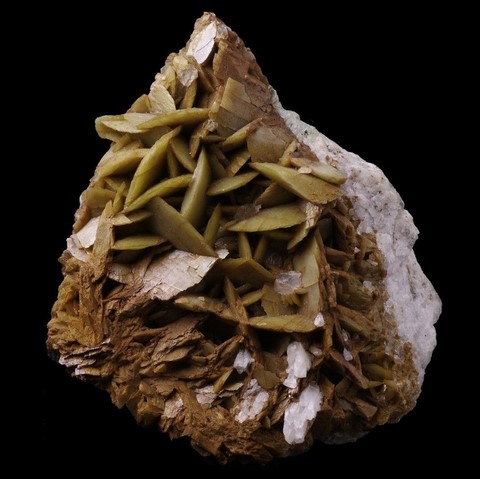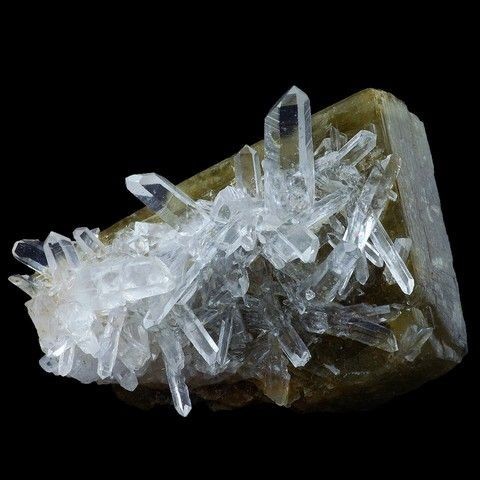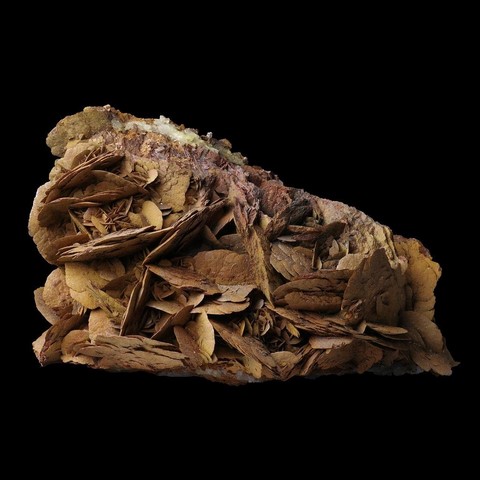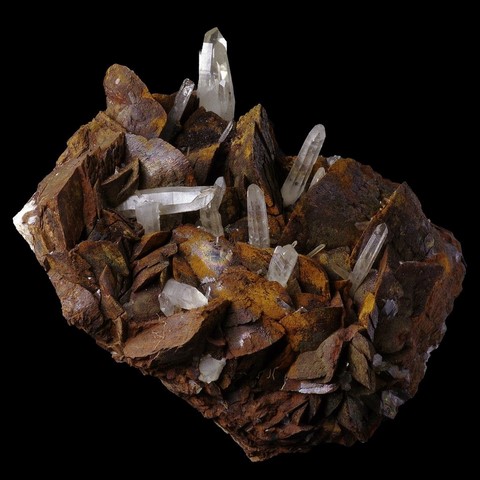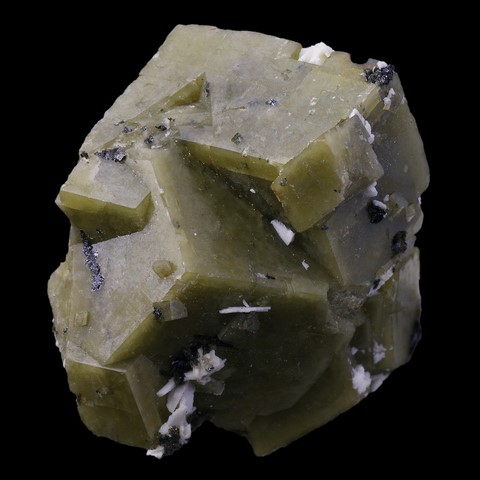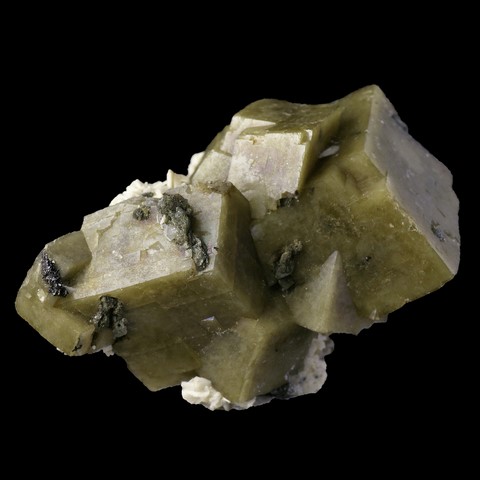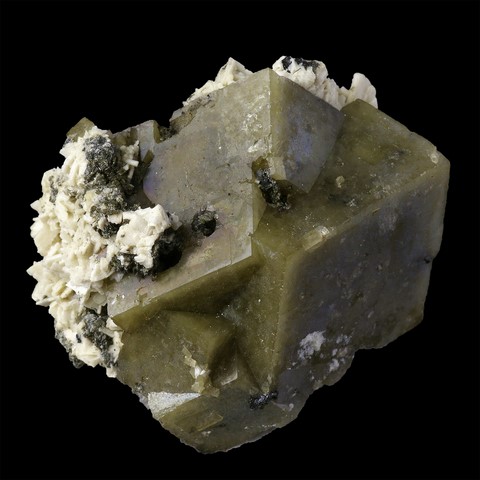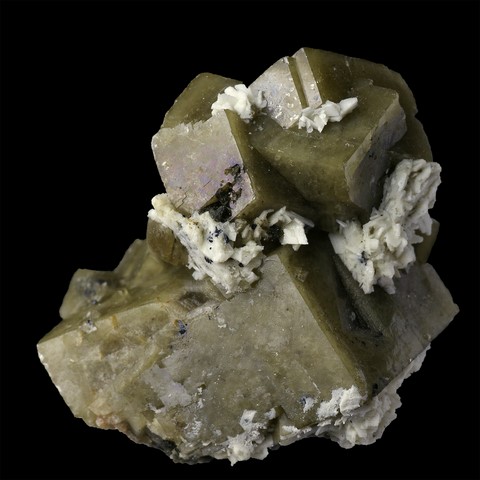 Siderite - Encyclopedia
Siderite - Encyclopedia
Class : Carbonates, nitrates, borates
Subclass : Anhydroux carbonates
Crystal System : Trigonal
Chemistry : FeCO3
Rarity : Very common
Siderite (or siderosis) has the same structure as calcite but only a limited solid solution exists between the two species. On the other hand, siderite forms complete series with magnesite (Mg) and rhodochrosite (Mn), two other members of the calcite group. It owes its name to the Greek sideros (iron) because of its chemical composition. Siderite is essentially a mineral of hydrothermal origin. It is a frequent matrix of thick copper-nickel-bismuth hydrothermal veins (Siegen type, Germany) or rare copper (Allevard type, Isère, France) which were actively exploited for iron. Siderite can also constitute considerable clusters by replacing limestones (French Pyrenees, Austrian Styria, North Africa, Slovakia, etc...). It is also common in coal fields where it is decomposed into layers rich in phosphorus (the "blackbands" of the English), or pyritic nodular aggregates (England, USA). Siderite is colorless to blonde, frequently pinkish for manganiferous varieties, but susceptible to weathering ; it becomes more or less dark brown by superficial transformation into limonite and really black when the manganese content is important. Siderite is generally massive, in blades of varying sizes, shiny on the cleavage planes. It can take concretionary or stalactitic aspects, whereas flattened nodular aggregates are typical of coal mines. The crystals are most often rhombohedral, rarely hexagonal or scalenohedral. It is an iron ore of poor quality that was however actively exploited in the past, especially in Germany, England and Austria.
Siderite in the World
Siderite in France
Twinning
The twinning is uncommon on {01-12}, lamellar with translation on {0001} or {10-11} and hardly observable. They are much rarer on {0001}. The photos above show {01-12} twinned siderite crystals from St-Hilaire Mount (Canada), a deposit on which it is relatively present on floating crystals.
Fakes and scams
No fake inventories for this species.
Hardness : 3.5 to 4.5
Density : 3.96
Fracture : Uneven to conchoidal
Trace : White
TP : Translucent to transparent
IR : 1.633 to 1.875
Biréfringence : 0.242
Caractère optique : Uniaxial -
Pléochroïsme : Weak
Fluorescence : None
Solubilité : Acids
Magnétisme : Paramagnetic
Radioactivité : None

